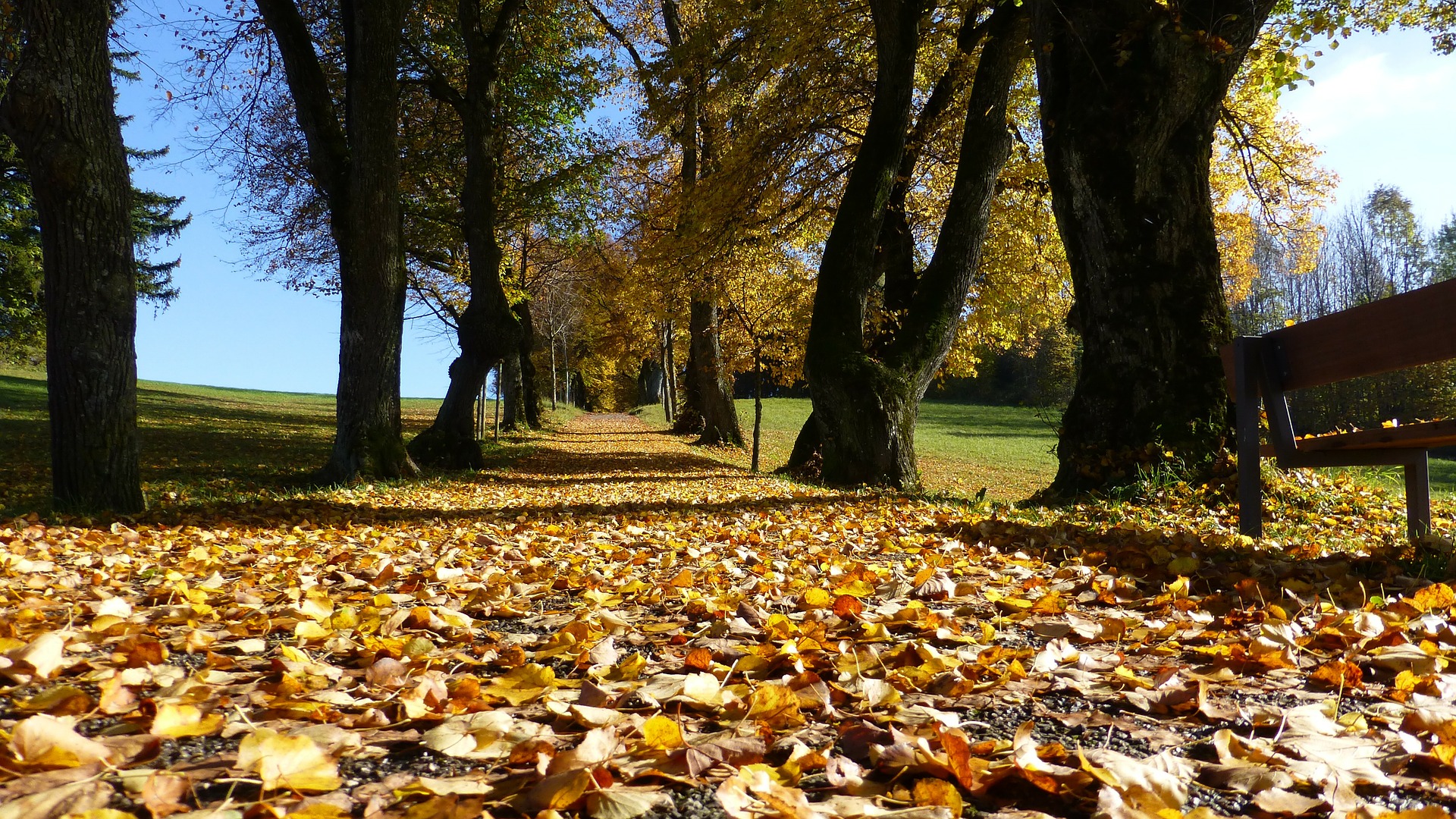by Mary Pellerito
For those of us with gardens on which a large native tree, like an oak or maple, simply will not fit, try understory trees. These smaller trees are called understory trees because in a native setting they grow under the tall canopy trees. Here are some native understory trees you may want to consider if space is an issue in your garden.
Serviceberry Amelanchier arborea
In early spring, the serviceberry is covered with white flowers that are pollinated by bees. The serviceberry got its name because when the tree bloomed in the spring, the local preacher could get through the snow to the church for the first ‘service’ after a long winter. The fruit is reddish-purple, resembling a small apple. They ripen in summer and are very popular with birds. This species tolerates varying light levels, but is at its best in full sun. It requires good drainage and air circulation. The fruit is used for pies and jams. Native Americans used the fruit to make bread.
Dogwood Cornus florida
Dogwoods have unusual tree bark that looks like tiny squares all over the tree. This tree is called “dogwood”because is grows very slowly and makes an extremely hard wood that was used in old-time machinery parts called “dogs”. In the early spring you will see this tree blooming in the forest with big white flowers with four petals. In the fall it is covered with tiny red berries that are an important food source for birds preparing for winter or their migration south. Dogwoods prefer afternoon shade and good morning sun.
Spice Bush Lindera benzoin
The spice bush has leaves that give off a spicy odor (like cinnamon) when you crush them. In late summer, the spice bush is covered in bright red berries, which are a great source of energy for migratory birds. The berries of the spice bush were also used by Native Americans as a spice for cooking. This shrub is covered with fragrant yellow flowers in early spring, which are an excellent source of nectar for butterflies and other pollinators. The spice bush is also the host plant for the spicebush and tiger swallowtail butterflies. The larvae of the spicebush swallowtail are easily found inside leaves that have been folded over by the application of silk; small larvae are brown, resembling bird droppings, mature larvae are green, with eyespots resembling the head of a snake. Grow the spice bush in moist soil.
Mary Pellerito is a Michigan-based garden and nature writer. Mary is a member of the Garden Writer’s Association, Wild Ones, and she is a Master Gardener. This article was previously published on her blog Going Native.
To find plants for sale locally, check Pick-A-Pepper.com.
Similar Stories:
- Pruning Trees and Shrubs
- Attract More Pollinators
- 15 Vegetable Crops To Start Planting for Fall
- Native Plants With Winter Interest
- Creating A ‘Live’ Landscape




